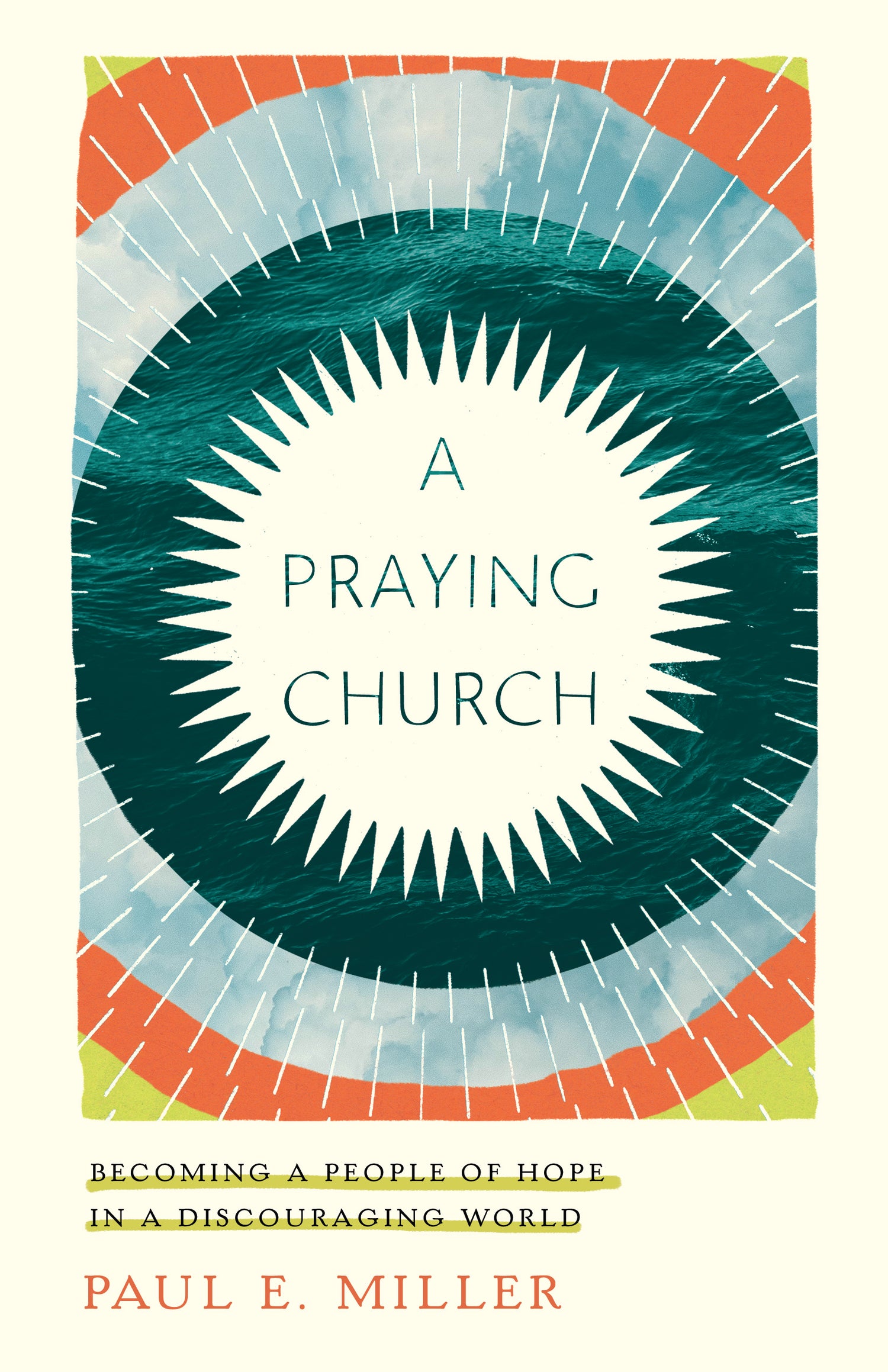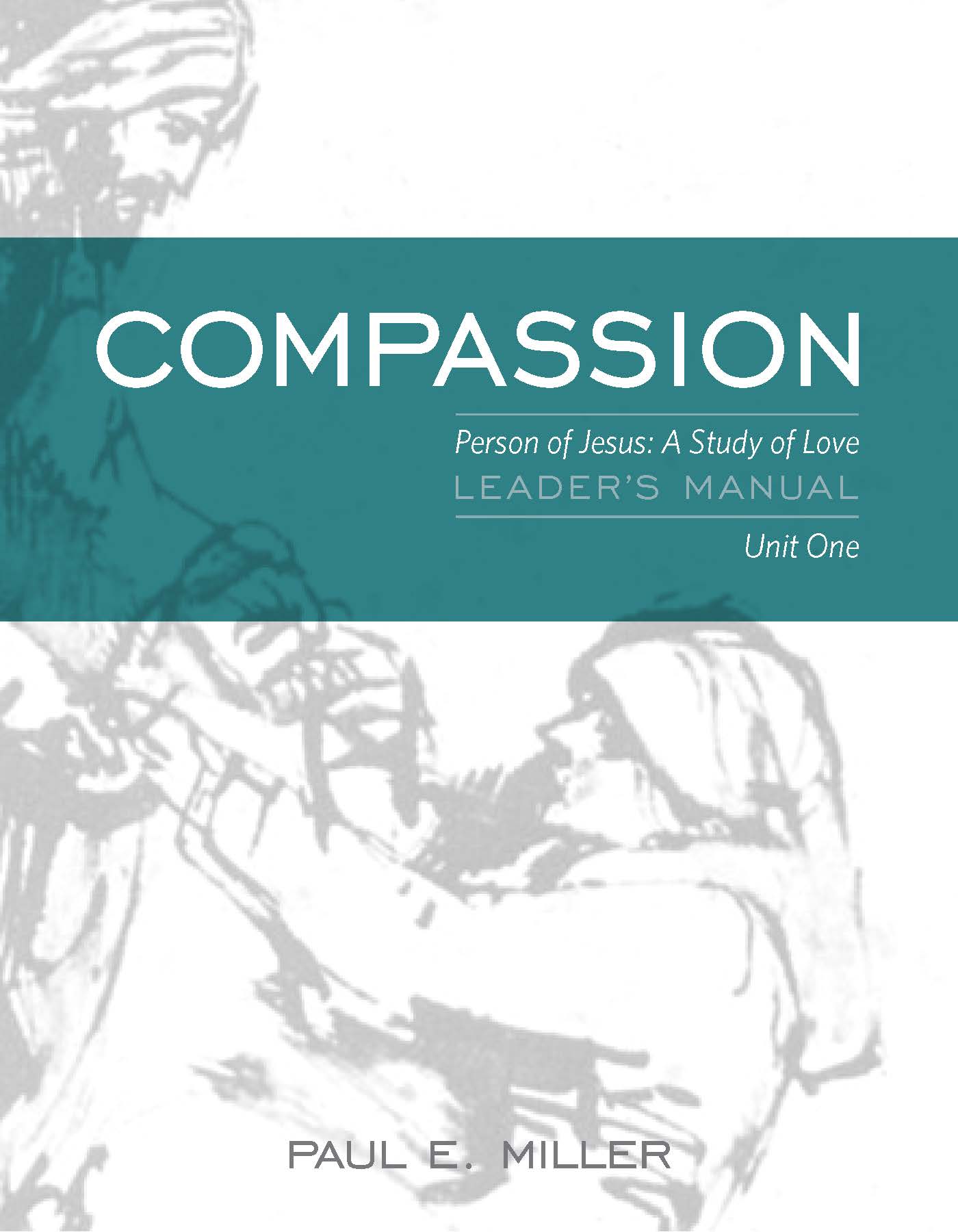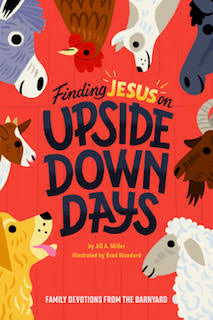As our world slips more deeply into suffering, it's never been clearer that we need to pray. But for many people corporate prayer is a distant memory. What does a prayer meeting look like? How long should it be? What's the flow? It's just a big unknown. With that in mind, here's a glimpse of my Monday morning prayer times, first with my wife Jill, then Kim, and then our staff. Each is remarkably different. I hope they give you a feel for ordinary, everyday prayer in community.
Beginning at 5:45 am, Jill and I take 45 minutes to read through the Bible together, which she punctuates with fervent prayers for our family, friends, and our culture. It’s also interrupted by job duties for me. This morning it was, “Oh Paul, would you move all the boxes off your office floor before you leave for work? The carpet cleaner is coming today,” (Technically, it is a question, but relationally it’s an order!) Then back to more fervent prayer for our family, which was interrupted by asking if she can call our handyman to hang pictures since I’m so backed up with other projects. “Yes, that’s fine.” Then back to more prayer for our grandchildren. In Jill’s defense, I’ve been painting the house and we’ve redone the kitchen, so my to-do list is long and I'm behind on it.
My prayer time with Jill is my most disorganized prayer time of the day, and yet it is probably the most powerful.
My prayer time with Jill is my most disorganized prayer time of the day, and yet it is probably the most powerful. Jill usually leads this prayer time. I defer to her because she prays so well. She feels the growing evil of our day and prays passionately against it. She’s a fighter. Because of the loss of our beloved daughter Ashley to cancer, we especially pray for people battling cancer. We take seriously Jesus’ repeated command to “ask anything,” which gives us freedom to ask for even seemingly impossible things. We do have one systematic stretch of 10-15 minutes where we pray for our twenty-three children, spouses, and grandchildren—another two are in heaven.
My next prayer meeting is with Kim. It’s barely five minutes, but we both love it. Using the icon language of her speech computer, she usually thanks God for multiple things. This morning she was still thanking God for our Thanksgiving dinner four days ago. (Dinner was canceled due to the pandemic so we went out to a nicer restaurant, which absolutely charmed her.) She prays for her 96-year-old grandmother in England, and then I encourage her to pick one grandchild to pray for. She often picks one she feels is too noisy or bad. Kim looks at grandchildren like wine—they get better with age. She struggles with anger and impatience—it’s a symptom of her disability. We don’t let her diagnosis trap us, so she’s been praying for years that God would help her with anger. And then, as often happens, I realize I have an ongoing struggle with impatience, so Kim and I close by praying for each other’s struggle with impatience.
Our prayer time feels like we are weaving a tapestry.
My third prayer meeting was mid-morning. About twenty of us gather on Zoom. Since we are a virtual mission, we’ve been praying on Zoom for years. We spend the first 20 minutes hearing reports from around the world on our seminar and training ministry. Lately, Mafdi’s work in the Arab world has been particularly exciting. It’s an open mic, so we also hear updates on personal and family needs. We pray for “Aunt Edna’s hip,” but we also pray for her heart, her whole life.
Our prayer time feels like we are weaving a tapestry. We began by praying for Felicia in our Bethesda Ministry, who’d lost her sister to COVID suddenly on Wednesday, the day before Thanksgiving. Our prayers wandered through Felicia’s life with her sister, enjoying the good things that God had done, and lamenting the hard things. Then we began praying for Mafdi’s work using the Person of Jesus study on Zoom. Then we visited through other prayer requests. Someone circled back to praying for Felicia, then we prayed for Mafidi’s online Arabic work in Europe and the Middle East. We prayed for our leading Spanish-speaking trainer in Chile, who has been very sick. With only five minutes left, prayers picked up their pace slightly, a bit like the 4th quarter of an American football game—we didn’t want to forget anything, so the conversation style of the prayer meeting disappeared and “popcorn prayers” emerged. I closed our twenty-minute prayer time by inviting the Spirit of Jesus into our work to shape and lead us.
The feel of the prayer time is resurrection. We pray boldly and expectantly not just because that’s what resurrection people do, but we’ve seen God work in so many amazing ways. Prayer fuels prayer. For our staff, our prayer time is the high point of the day. It’s where we do our most important work.
The resurrection feel of these prayer times wasn’t purely spontaneous. During the "ADD prayer meeting" with Jill, I've encouraged her to lead by being attentive to her and her world. During the prayer time with Kim, I help with promptings—Kim’s limit is about five promptings. Any more, she gets angry because SpongeBob awaits! I lead our staff prayer time in multiple ways. Some of my leading is just policing—new staff who aren’t used to taking praying-in-community seriously get a text from my assistant, Donna, asking where they are. I work to be attentive to each person in the prayer meeting and the stories they are in. For example, I’d talked with Felicia ahead of time to hear more of the story of her sister, so in our open mic time, I prompted Felicia with questions to plumb the depths of suffering that Felicia’s family had been through, but also to highlight some amazing ways that God had worked through Felicia in her sister’s life. That kept it from being purely problem centered. Attentiveness to resurrection kept us from getting stuck in death. Sadness, though real, was not the defining word.
I hope this short article gives you a sense of how it looks to pray together on an ordinary day. Most of all, I hope it encourages you to pray!
Learn more about the simple, yet radical idea of praying together in Paul Miller's book, "A Praying Church."








